Additional notes (click to expand)
Commemorative
Rik Tulbagh (1699-1771). Dutch Governor of Cape of Good Hope
Stearn, W.T. (1996). Dictionary of Plant Names for Gardeners. Cassell.
Horticulture
A vigorous, clump-forming perennial 45-60cm (18-24 inch) high by 25cm (10 inch) wide. It has corm-like rhizomes and narrow linear, grey-green leaves, to 30cm (12 in) long. It has large, terminal umbels of fragrant lilac flowers, 2cm long, are produced from mid-summer to early autumn.
Tulbaghia grows best in full sun in a light, well-drained, well-aerated sandy loam soil. It tolerates light shade but it may not flower as much. Established plants can survive extended periods of drought.
Sow seed in containers in a cold frame as soon as ripe or in spring. Seed germinates easily, and the seedlings quickly reach flowering size. Divide in spring.
Brickell, C. (2003). A-Z Encyclopedia of Garden Plants. Dorling Kindersley. p.1053
Medicinal
An African herb used historically to treat some infectious diseases, which is due to its anti-microbial potential. Van Wyck writes that it is used in the traditions of 'muthi' medicine for fever and colds, asthma and tuberculosis. The fresh bulbs are boiled in water and the decoction taken orally or as an anema. The leaves were used to treat cancer of the oesophagus, but the evidence fo this being effective is entirely lacking, although extracts inhibit the growth of cancer cells in laboratory conditions.
Oakeley, Dr. Henry. (2011). A Year in the Medicinal Garden of the Royal College of Physicians, revised edition. Royal College of Physicians, London. p.103
link
Nomenclature
Violacaea- violet-coloured
Sometimes referred to as Sweet Garlic or Society Garlic as its consumption is not associated with bad breath. This is false.
Family changed from Alliaceae to Amaryllidaceae.
Plants of the World online, Kew Science http://plantsoftheworldonline.org/taxon/urn:lsid:ipni.org:names:542801-1
link
Other use
Both the leaves and flowers can be used in salads. Chopped leaves are used in sauces and soups. The Zulus use the leaves and flowers as spinach and as a hot, peppery seasoning with meat or potatoes.
Toxicity
Prolonged and excessive consumption of this plant has been associated with a variety of undesirable symptoms, such as abdominal pain, inflammation, sloughing of intestinal tissue as well as cessation of peristalsis.
Geographical distribution
- Africa, Southern Africa, Cape Provinces
- Africa, Southern Africa, KwaZulu-Natal
Tulbaghia violacea Harv.
Family: AMARYLLIDACEAEGenus: Tulbaghia
Species: violacea Harv.
Common names: Society Garlic
Distribution summary: South Africa
Habit: Perennial
Hardiness: H5 - Hardy; cold winter
Habitat: Rocky slopes
Garden status: Currently grown
Garden location: Southern Hemisphere (K), Southern Hemisphere Wolfson bed (N)
Reason for growing: Medicinal, other use, toxic
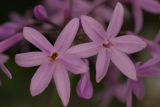
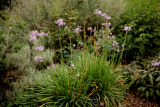
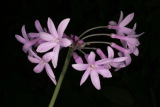
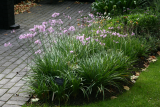
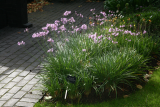
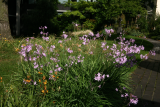
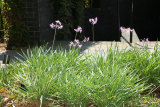
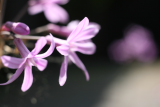
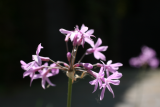

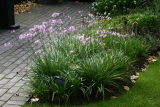
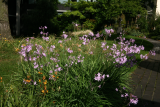
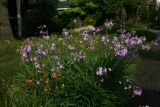
.JPG)
.JPG)
.JPG)
.JPG)
.JPG)
.JPG)
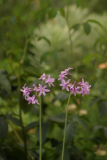
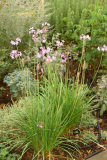
.JPG)
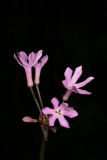
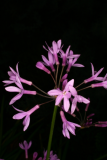
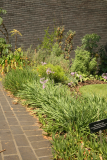
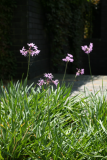
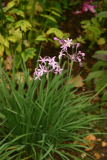
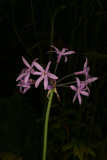
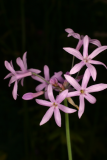
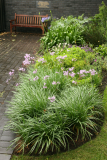
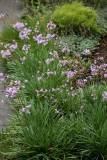
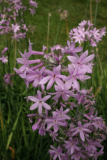
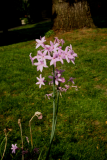
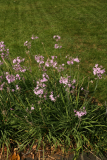

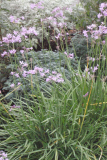
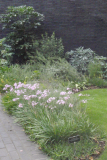
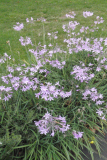
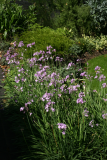
.JPG)
.JPG)
.JPG)